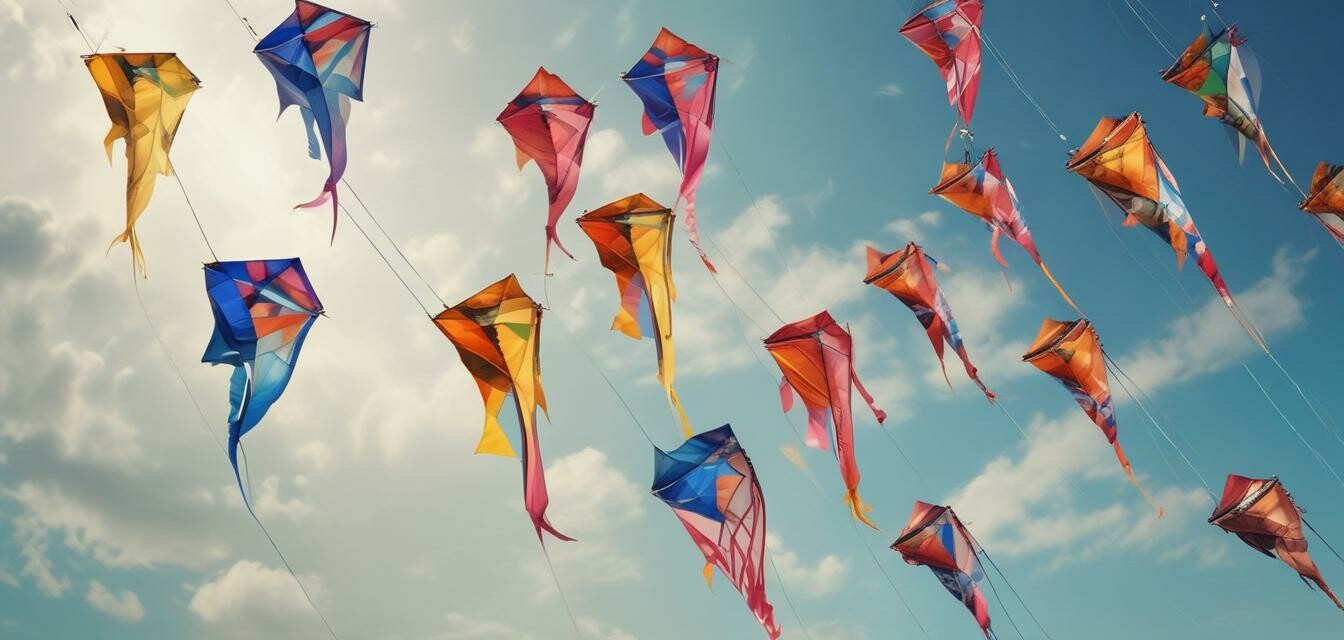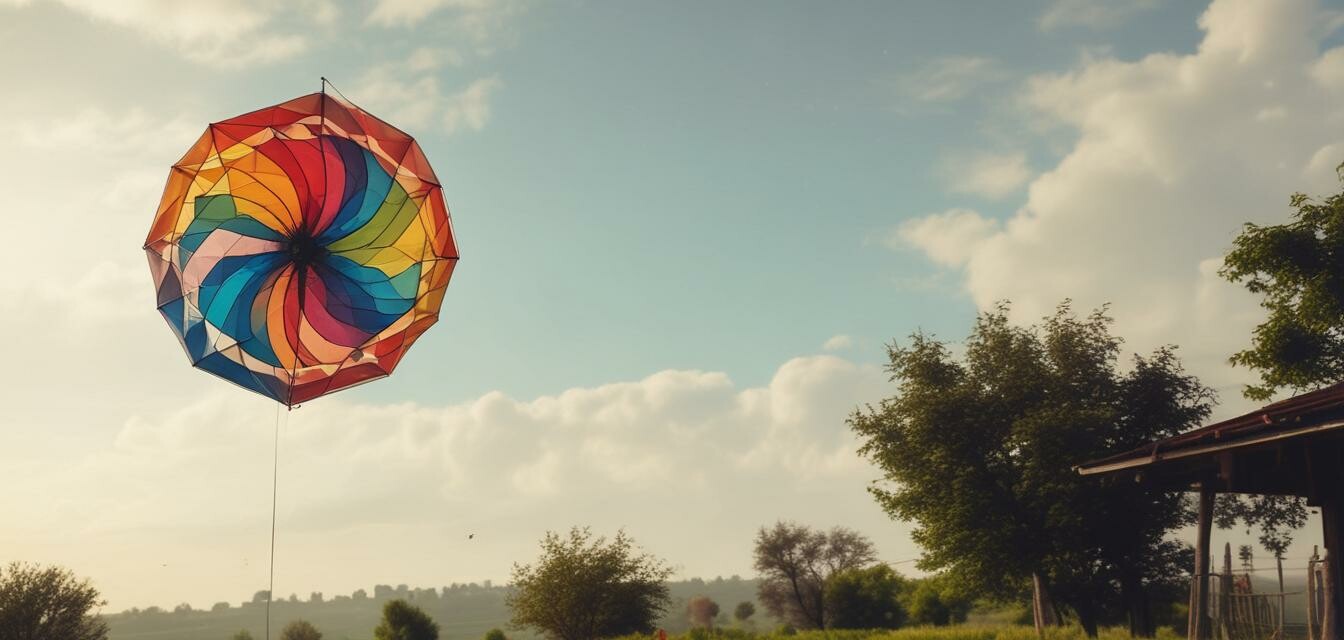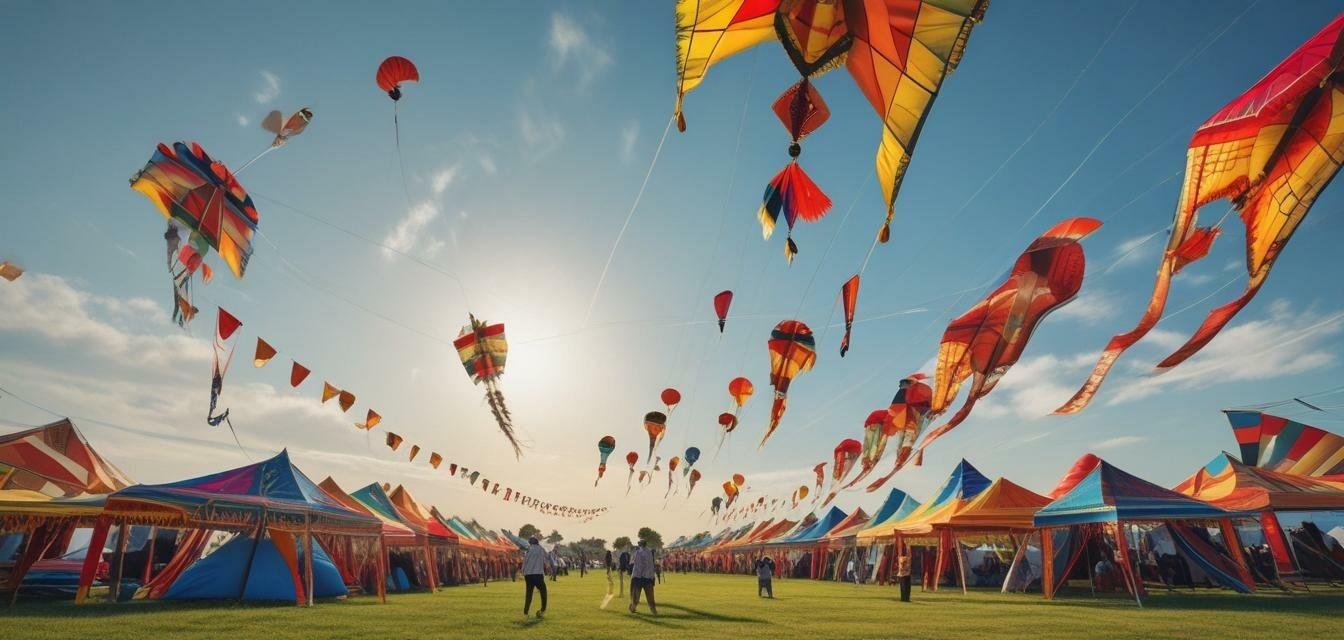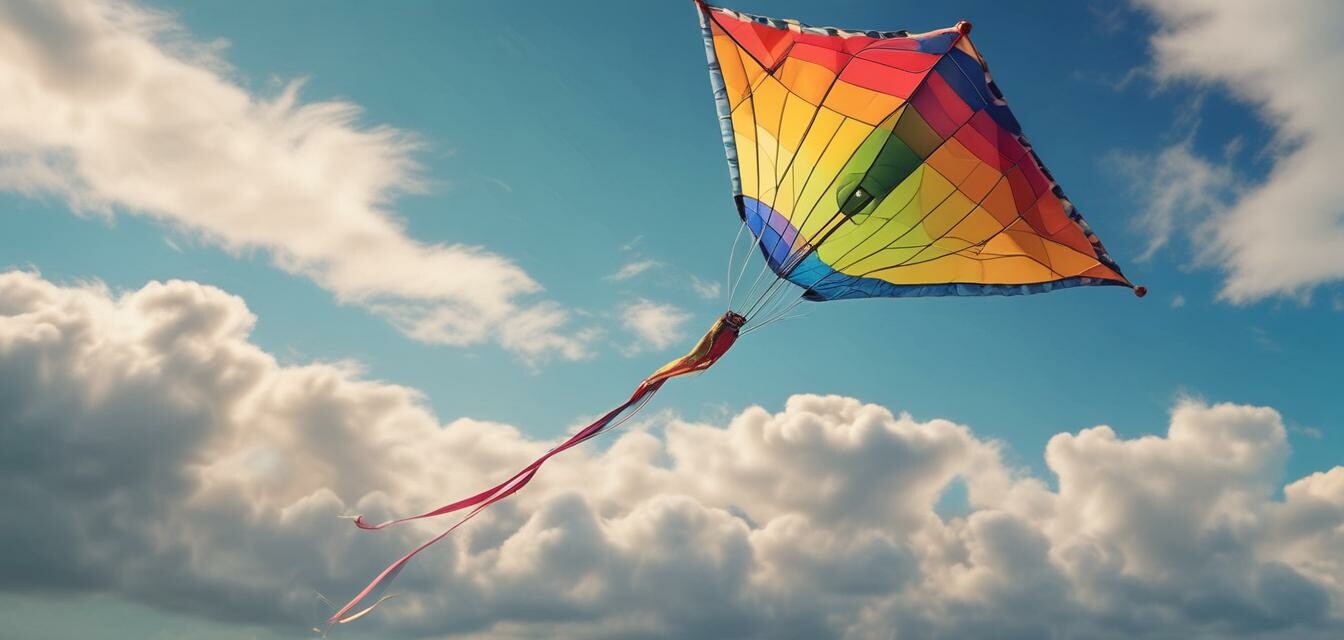
Kite Safety Tips
Flying kites can be a fun and exciting outdoor activity, but it's essential to consider safety tips to ensure a enjoyable experience for everyone involved.
Key Takeaways
- Choose a safe location for kite flying, avoiding power lines, trees, and other obstacles.
- Check the weather forecast and avoid flying during strong winds, thunderstorms, or lightning.
- Use a sturdy and durable kite that is appropriate for the wind conditions.
- Supervise children when they are flying kites, especially near roads or waterways.
Safety Precautions for Kite Flying Environments
When flying kites, it's crucial to consider the environment and take necessary precautions to avoid accidents.
| Environment | Safety Precautions |
|---|---|
| Beach | Avoid flying near swimmers, sunbathers, or beach umbrellas. Watch out for strong winds and gusts. |
| Park | Avoid flying near playground equipment, picnic areas, or sports fields. Be mindful of other park users. |
| Mountains | Avoid flying near cliffs, steep slopes, or areas with strong wind gusts. Be prepared for changing weather conditions. |
| Urban Areas | Avoid flying near power lines, buildings, or roads. Be aware of overhead obstacles like trees or bridges. |

Kite Safety for Children
When it comes to kite flying, children need special attention and supervision to ensure their safety.
- Always supervise children when they are flying kites, especially near roads or waterways.
- Teach children to avoid running or chasing after kites, as this can lead to accidents.
- Choose kites that are age-appropriate and easy for children to handle.
- Encourage children to wear safety gear like helmets or goggles when flying kites.
Kite Maintenance and Repair
Regular kite maintenance and repair can help prevent accidents and ensure a safe flying experience.
- Regularly inspect your kite for damaged or worn-out parts.
- Repair or replace damaged parts before flying your kite again.
- Store your kite in a dry and secure location when not in use.
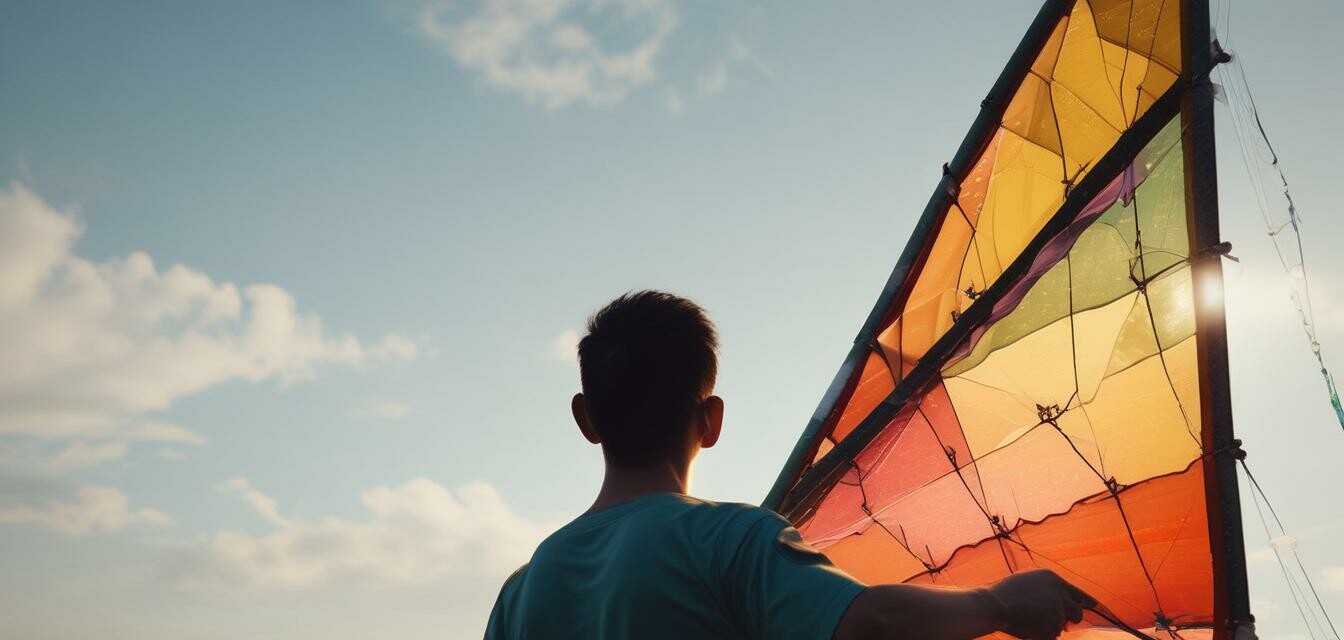
Weighing the Risks and Benefits of Kite Flying
While kite flying can be a fun and exciting activity, it's essential to weigh the risks and benefits before heading out to fly.
Benefits
- Fresh air and exercise
- Improved hand-eye coordination and fine motor skills
- Social bonding and community building
Risks
- Injuries from kite crashes or collisions
- Damage to property or infrastructure
- Weather-related accidents or injuries

Conclusion
By following these essential safety tips, you can enjoy a fun and safe kite flying experience with your friends and family.
Remember to always prioritize safety and take necessary precautions when flying kites in different environments.
Explore our kite accessories to find the right gear for your next kite flying adventure.Beginners Section
- Start with a beginner-friendly kite that is easy to handle and assemble.
- Practice flying in an open area with minimal obstacles.
- Take a kite flying course or workshop to learn new skills and techniques.

